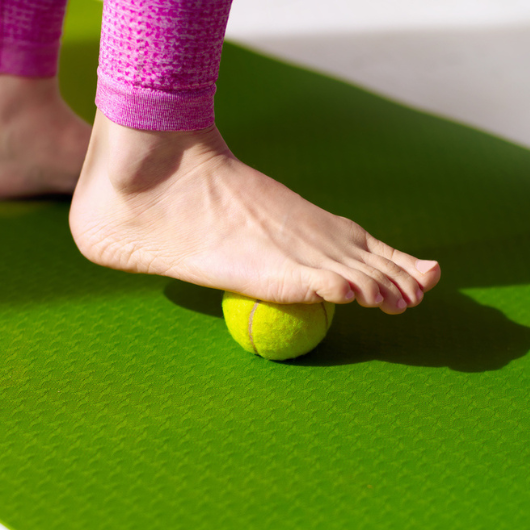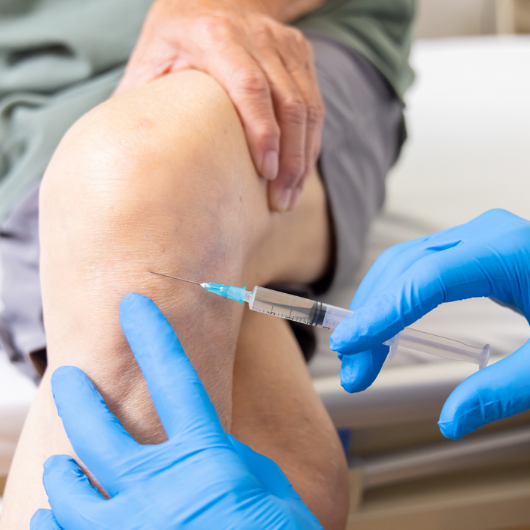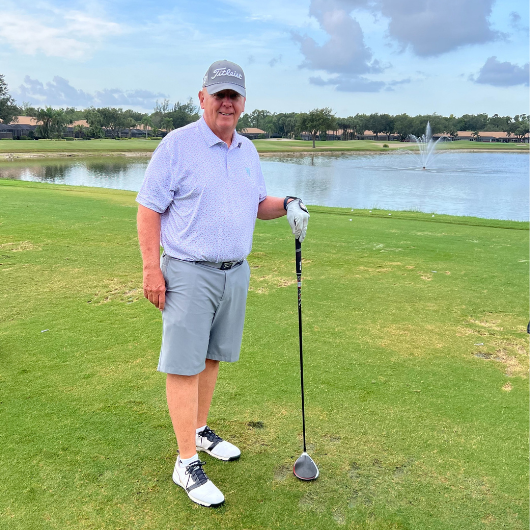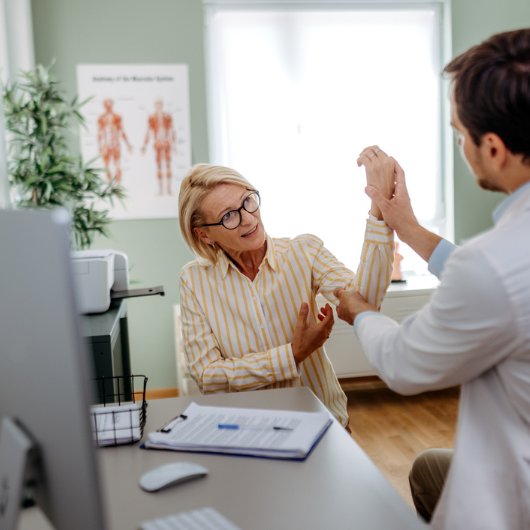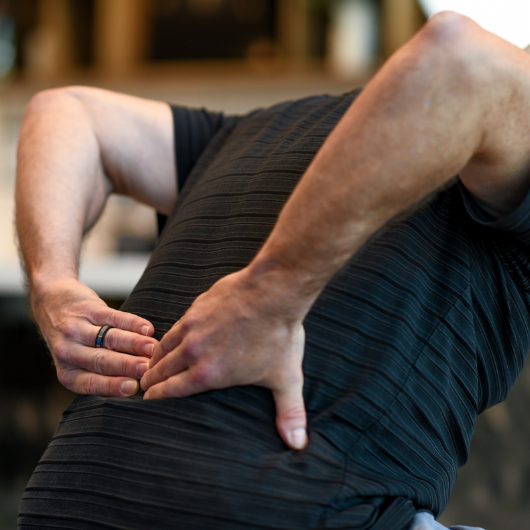5 At-Home Remedies for Golfer’s Elbow
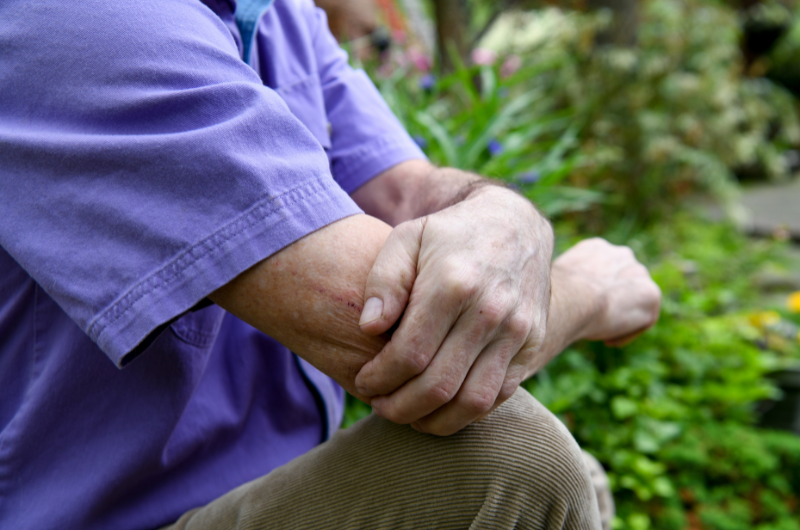
June 01, 2020
Arm pain isn’t unusual for many golfers. In fact, this discomfort can be indicative of golfer’s elbow (medically known as medial epicondylitis). Marked by pain that is centered on the inside bump of your elbow that may radiate down to the wrist, this condition is a result of overuse and general wear-and-tear of the tendons, bones and muscles in the forearm area.
“But did you know that it’s not unique to golfers?” says David Brown, D.O., board certified in sports medicine and physical medicine and rehabilitation (PM&R). The expert notes that it can be caused by several other activities including gardening, mopping, pot scouring, home repairing or exercising. “Really, it’s from any action that requires repetitive grasping, wrist flexing or even swinging,” he adds.
What are the signs of golfer’s elbow?
According to Dr. Brown, common signs of golfer’s elbow include:
- Pain when trying to flex your wrist or pain that extends from the inside of your elbow down to your forearms and wrist—and sometimes even the pinky finger
- Stiffness in the elbow area
- Weakness when trying to grip an object or overall weakness in wrist movement
- Tingling that extends from the elbow down to the forearm
How do you treat golfer’s elbow at home?
If you suspect that you might be developing golfer’s elbow or are trying to manage an existing diagnosis, Dr. Brown advises the following at-home remedies:
- Apply ice or heat therapy. Dr. Brown explains that if the pain is occurring within the first 72 hours, ice therapy (such as an ice pack) could help alleviate pain from the affected area. However, if the pain is chronic and recurring, heat therapy (such as a heating pad), would be the preferred method. “Talk to your doctor to discuss when to use heat versus ice therapy,” advises Dr. Brown. “And always make sure to use a barrier between your skin to avoid making direct contact with the ice or heat.”
- Locate the activity causing the pain. Once you have identified the source, you can either take a break or adjust your form to ensure that you aren’t overloading your muscles. “If the cause is golfing, for instance, perhaps a trainer can give you pointers to best fix your body’s positioning and ensure that you’re following through correctly,” shares Dr. Brown.
- Make stretching a priority. There are certain movements that can build muscle strength and relieve pain, notes Dr. Brown, such as wrist curls and stress ball squeezes. “There are a variety of workout apps that can show you how to appropriately perform these stretches at-home,” he says, “but make sure to talk with your doctor to understand which stretches would be the most beneficial for you.” If any additional pain or discomfort is experienced while stretching, though, Dr. Brown recommends that you stop the stretches, get some rest and consult your physician.
- Use a brace or a wrap. Pain associated with golfer’s elbow can be irritating and severe. “Therefore, added support from a compression brace can sometimes help relieve the strain,” explains Dr. Brown. “These braces can be worn whether or not you are performing the activity causing the pain.”
- Know when to rest. “Listen to your body and know when it’s time to take a breather,” advises Dr. Brown. Additionally, he suggests elevating your elbow above your heart to prevent any swelling.
What if at-home remedies don’t help?
If pain continues despite at-home care, Dr. Brown suggests that you speak with your physician to discuss additional options for relief, including:
- Medications (usually short-term anti-inflammatory)
- Physical therapy
- Surgery (though typically not necessary)
“The sooner you address your symptoms and talk to your doctor, the quicker you can recover and the more your body will thank you,” shares Dr. Brown.
The material provided through HealthU is intended to be used as general information only and should not replace the advice of your physician. Always consult your physician for individual care.

